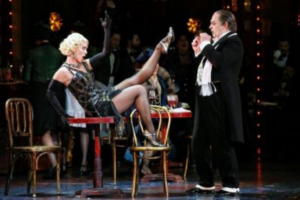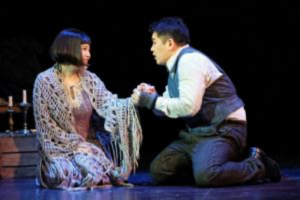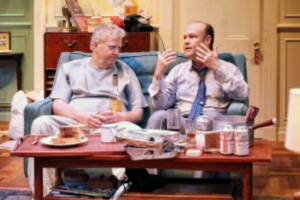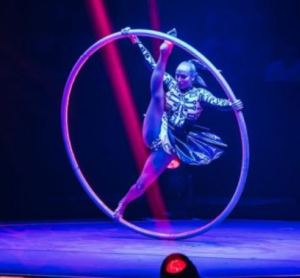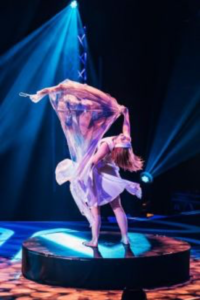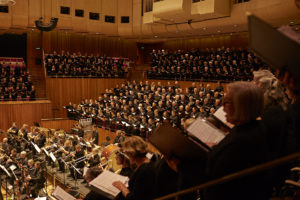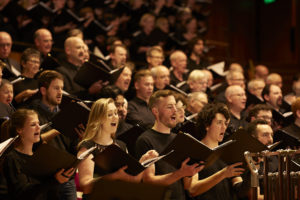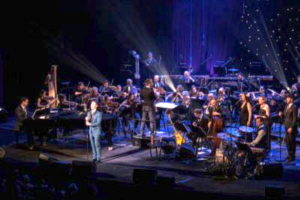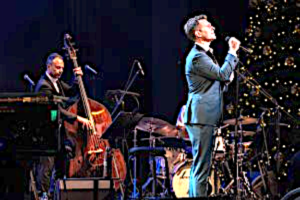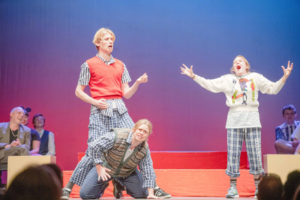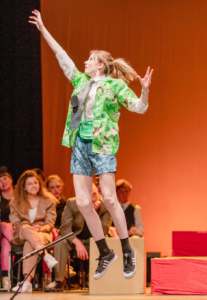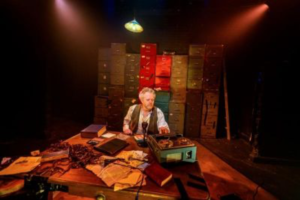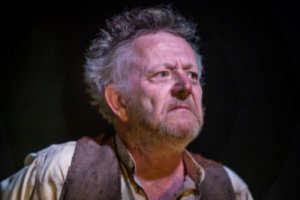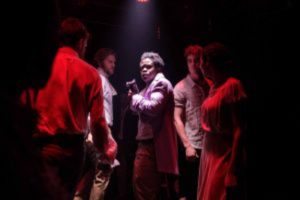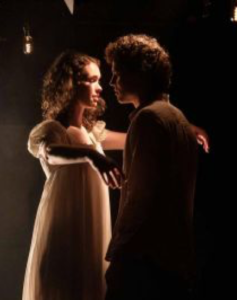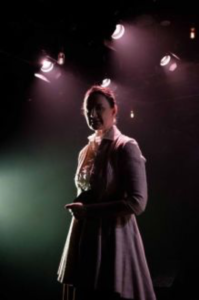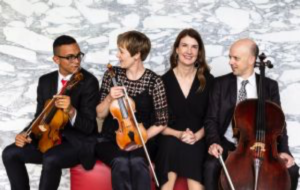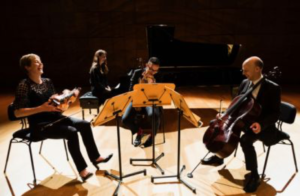Sydney Festival. Magic Mirrors Spiegeltent. January 7 – 26, 2020
Reviewed : January 10, 2020
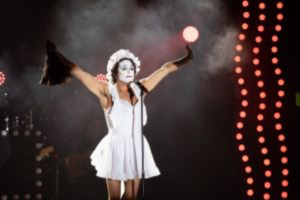
Betty Blokk-Buster hit Australian audiences with a raunchy belly blow in 1975. Reg Livermore’s saucy, white-faced, bare-bottomed, feather duster-flicking, cabaret-style ‘hausfrau’ charged on to the stage challenging critics to accept that his performance was much more than a “wank”! As Livermore took “Betty” and the other “dinkum battlers, freaks and survivors” he had created from the Balmain’s Bijou theatre to Perth, Adelaide and Melbourne in an unprecedented year-long tour, the country realised it had a new ‘star’ to light up the Australian stage – and confront its audiences.
Forty-five years later Red Line Productions and Josh Quong Tart (who was born in the same year as “Betty”!) bring a reimagined “Betty” to the Sydney Festival. With Livermore’s imprimatur, they transport the “makeshift fairground” of the original production into the Magic Mirrors Spiegeltent and take some of Livermore’s ideas and characters into an equally entertaining but still challenging twenty-first century context.
The “makeshift fairground” is still there in the opening number where Tart, in “Betty’s” original incarnation of white frilly cap and apron, encourages the audience, via tawdry-looking signs, to applause (and laugh and breathe heavily)! Lighting designer Trent Suidgeest then changes the scenario from shadowy 1930s style cabaret to a 2020s style sparkling light show. Here Tart introduces some of Livermore’s funny/outrageous characters to a new generation – who will find them just as funny, and just as outrageous.
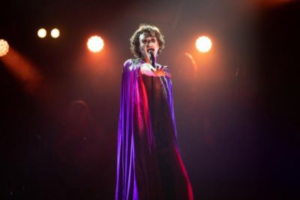
Like Livermore, Tart is a vibrant, multi-talented performer. He needs to be in order to sing, dance and act his way through a one-man show with a host of costumes and characters – none more challenging than recreating a “Betty” that will attract a contemporary audience … and gratify Livermore’s original and still thriving fan base. Happily, Tart does so with abundant panache!
Some of Livermore’s iconic characters are still there, albeit with a contemporary slant – Beryl, for instance, has Siri to keep her company at the sink! The songs Tart chooses evoke similar social comment to those with which Livermore interspersed his original production, none more confronting than Tart’s rendition of Billy Joel’s Captain Jack or the sad Age of Anxiety. Whether singing or bemoaning life in a nursing home, dancing or explaining ‘inappropriate’ behaviour, Tart’s ‘reimagined’ show is still a block buster.
A live band led by musical director Andrew Worboys on keyboard with Andy Davies, Tina Harris, Glenn Morehouse and backing singers and dancers Kaylah Attard, Melissa Pringle & Elanoa Rokobaro set the musical scene. The Spiegeltent provides a glittering festive venue.
But it is Josh Quong Tart himself, like Reg Livermore before him, who is the star.
Also published in Stage Whispers Magazine
